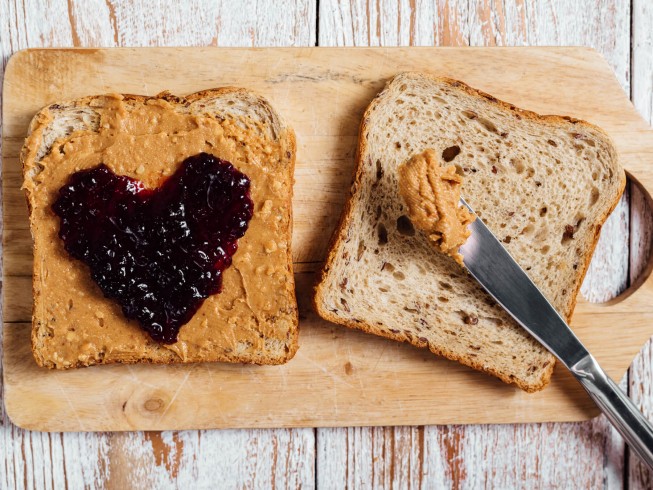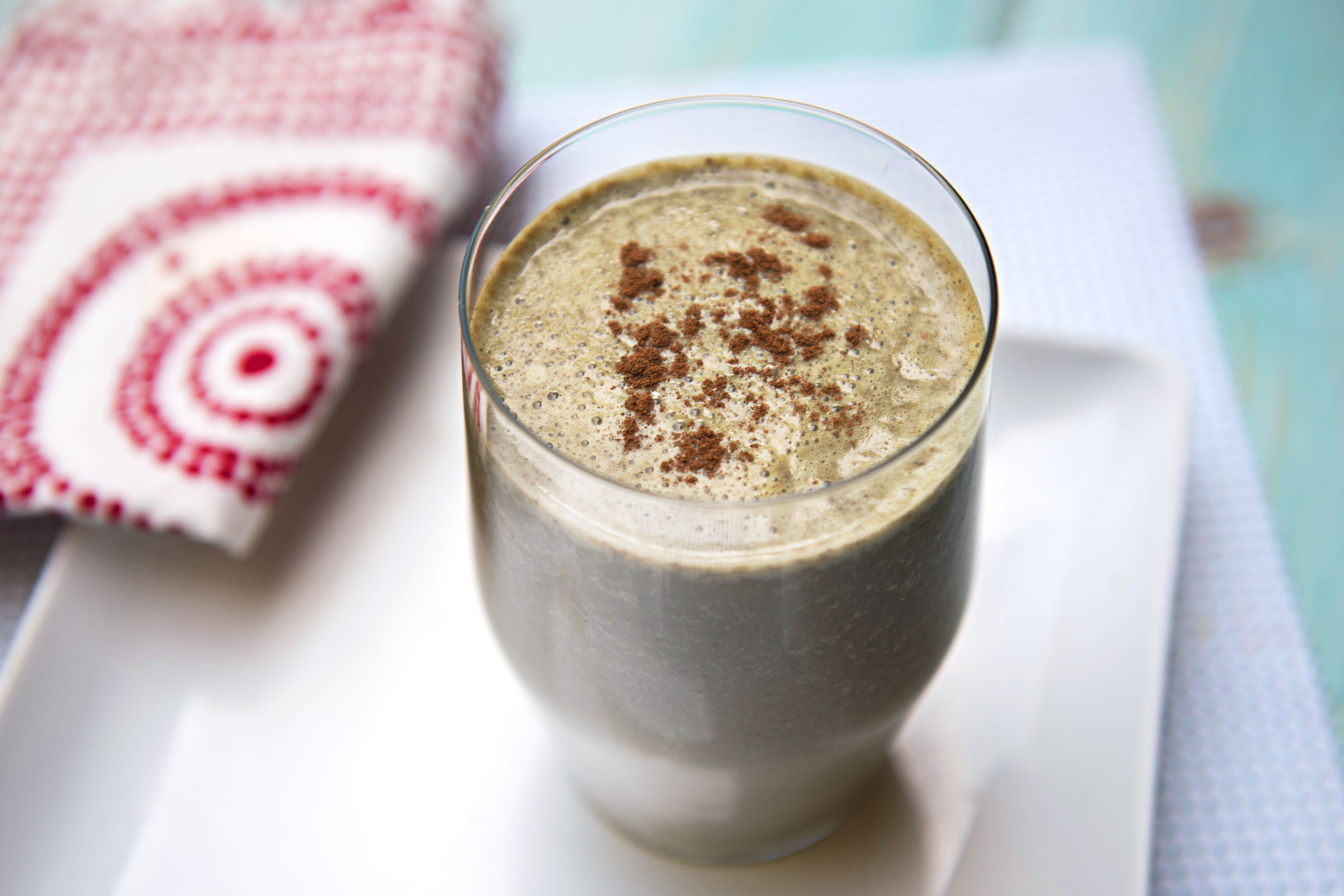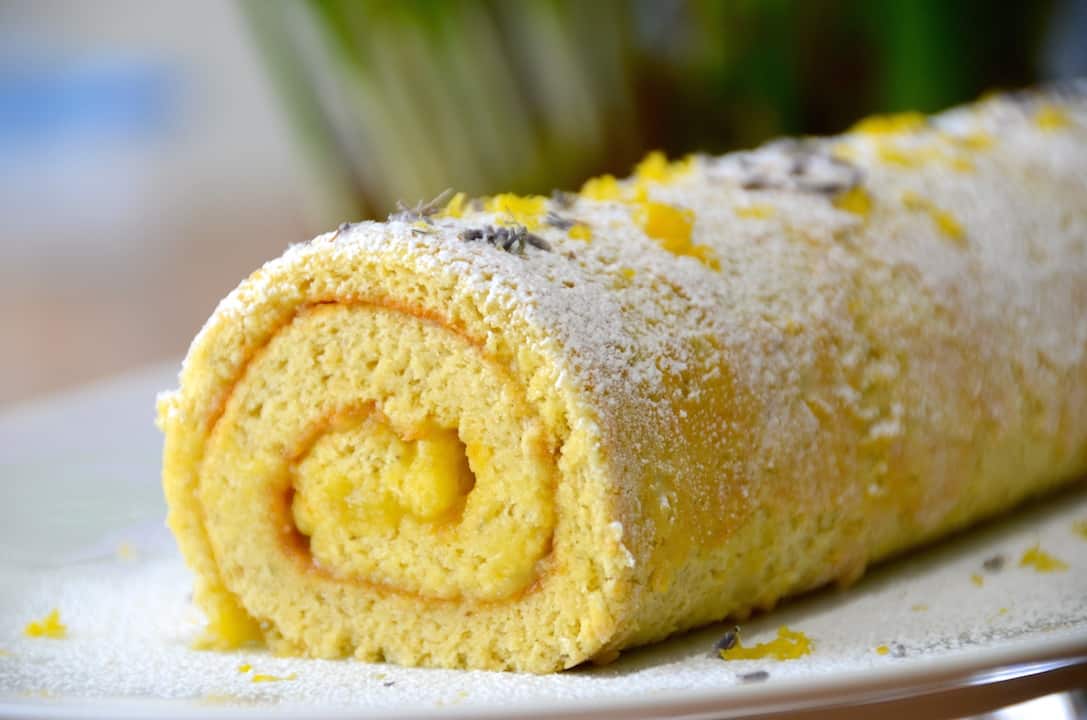Old-Fashioned Jelly Roll Recipe
4.4
(8)
Your folders
Your folders
Total: 2 hours, 30 minutes
Servings: 8.5
Cost: $4.81 /serving
Author : Stella Parks

Ingredients
Export 11 ingredients for grocery delivery
Instructions
Step 1
Getting Ready: Adjust oven rack to lower-middle position and preheat to 350°F. Line an aluminum half-sheet pan with parchment along the bottom, and grease with pan spray or oil.
Step 2
For the Cake: In the bowl of a stand mixer fitted with a whisk attachment, combine the eggs, sugar, baking powder, salt, and baking soda. Mix on medium-low speed until the sugar has dissolved and the mixture is homogenous, smooth, and runny, but with fine bubbles beginning to form throughout, about 3 minutes.
Step 3
Increase speed to medium and whip until the mixture is pale yellow, thick enough to fall from the whisk in ribbons, and filled with fine, foamy bubbles, about 5 minutes. Finally, increase speed to high, and continue whipping until the mixture is quite pale, roughly doubled in volume, and thick enough that the whisk leaves a vortex-like pattern in its wake, about 5 minutes. When allowed to run off the whisk and into the bowl, the mixture should be able to briefly mound up on itself before leveling off. Please bear in mind all times are ballpark figures only, and may vary considerably depending on the power and capacity of a given stand mixer, along with factors such as bowl-to-beater clearance (more on that here). In all cases, the visual and textural cues should be the primary guideline to determine readiness.
Step 4
Once the foamed eggs are fluffy and thick, reduce speed to medium-high and add the vanilla and oil or melted butter all at once in a steady stream. Immediately reduce speed to medium-low, and add the sifted flour all at once. When the flour is nearly incorporated, shut off the mixer and remove the whisk attachment. Grasping the attachment by its top, give the batter a few strokes of the whisk by hand to finish incorporating the flour. Fold the batter once or twice from the bottom up with a flexible spatula, then scrape into the prepared pan and spread into an even layer with an offset spatula. Bake until puffed and lightly browned from edge to center, and firm to the touch but still puffy and soft enough to retain a shallow impression when gently poked, about 12 minutes.
Step 5
Immediately after removing the cake from the oven, cover the half-sheet pan with two large strips of foil, using a kitchen towel or oven mitt to crimp the foil around the edges of the pan. Allow the cake to cool until approximately 70°F (21°C) (if not allowed to cool sufficiently, it may cause the filling to melt; if cooled too much, it may harden in the cold and thus crack when rolled).
Step 6
Loosen the edges of the cooled cake from the pan with a butter knife, and give the cranberry jam a good stir before spreading it into an even layer over the cake. Please see the note about using other jams or jellies, as the exact amount (in terms of both weight and volume) will differ substantially depending on the consistency and moisture content. Working along the widest end, lift the edge of the cake by the parchment underneath and gently fold it inward until it turns over itself. Continue rolling, using the parchment to lift and maneuver the cake; it will naturally peel away as you go.
Step 7
After rolling, transfer the cake to a large platter and serve right away, or cover with plastic until needed. If you like, make a simple frosting by whipping the apple-cinnamon sugar, cream, and salt together until thick and stiff enough to spread; this can be refrigerated in an airtight container and used to cover the cake just before serving. Alternatively, the cake can be finished with a dusting of powdered sugar. Unfrosted, the cake will keep for about 24 hours at room temperature; if frosted with whipped cream, it will need to be covered, refrigerated for up to 24 hours, and then set out to room temperature about an hour before serving.
Top similar recipes
Curated for youYour folders

 121 views
121 viewsOld Fashioned Grape Jelly Recipe | ...
cdkitchen.com
4.0
(2)
Your folders

 213 views
213 viewsOld Fashioned Recipe
acouplecooks.com
5.0
(2)
Your folders

 141 views
141 viewsOld Fashioned Recipe
recipes.net
5.0
(1)
Your folders

 139 views
139 viewsOld Fashioned Recipe
abarabove.com
5.0
(1)
Your folders

 342 views
342 viewsJelly Roll
nutribullet.com
Your folders

 219 views
219 viewsLemon Jelly Roll Recipe
weekendatthecottage.com
3.5
Your folders

 352 views
352 viewsOld Fashioned
jamesonwhiskey.com
2 minutes
Your folders

 483 views
483 viewsOld Fashioned
woodfordreserve.com
10 minutes
Your folders

 421 views
421 viewsOld-Fashioned
cooking.nytimes.com
5.0
(653)
Your folders

 305 views
305 viewsOld fashioned
bbcgoodfood.com
Your folders

 353 views
353 viewsOld Fashioned
southernliving.com
Your folders
 338 views
338 viewsOld Fashioned
justapinch.com
Your folders

 372 views
372 viewsOld Fashioned
cocktailpartyapp.com
Your folders

 343 views
343 viewsOld Fashioned
preppykitchen.com
5.0
(9)
Your folders

 363 views
363 viewsOld Fashioned
reservebar.com
Your folders

 119 views
119 viewsOld Fashioned
relish.com
Your folders
 207 views
207 viewsOld-Fashioned
thekitchn.com
Your folders

 229 views
229 viewsOld-fashioned Meatloaf Recipe
southernliving.com
Your folders

 282 views
282 viewsRum Old Fashioned Recipe
foodrepublic.com